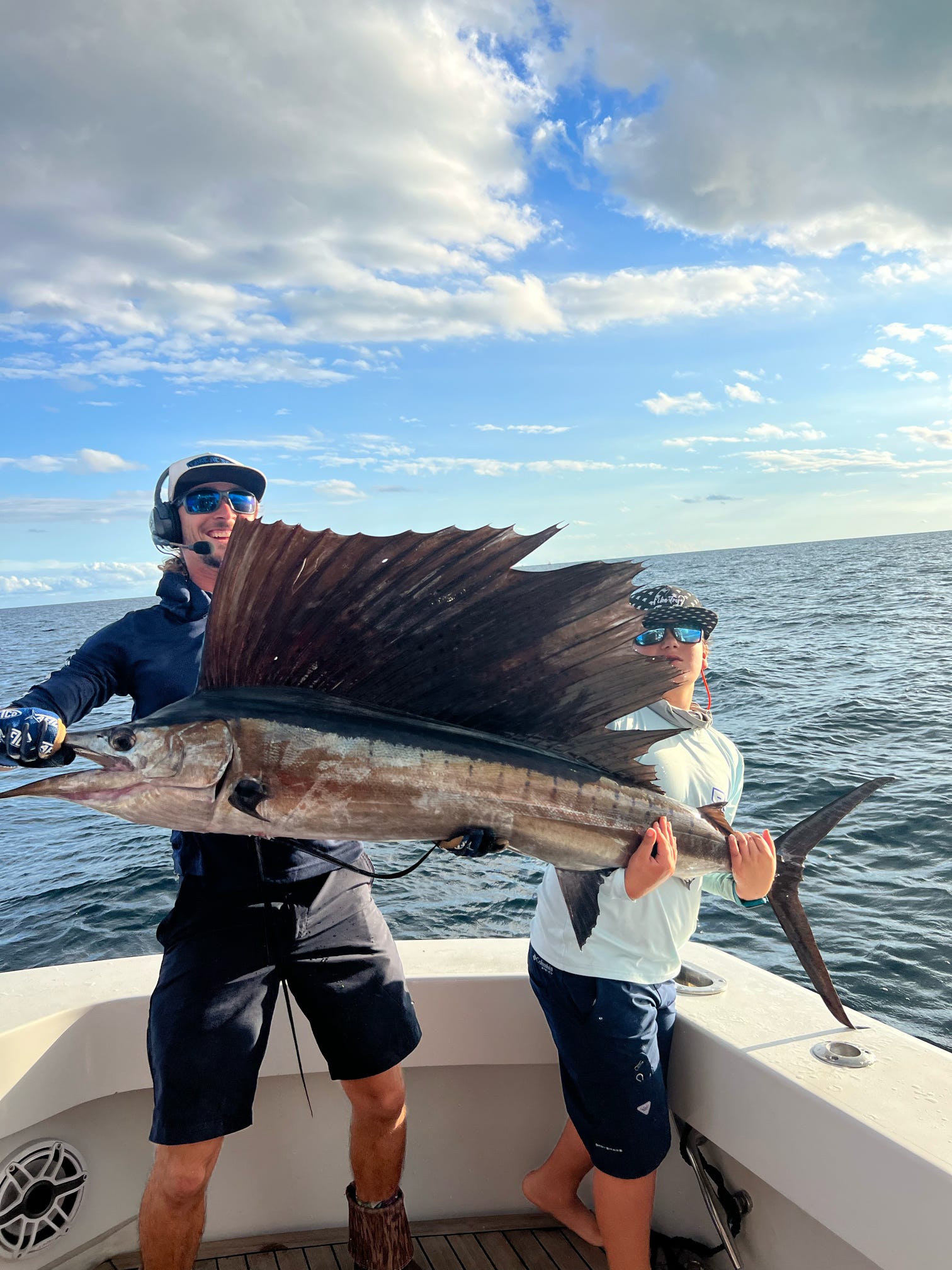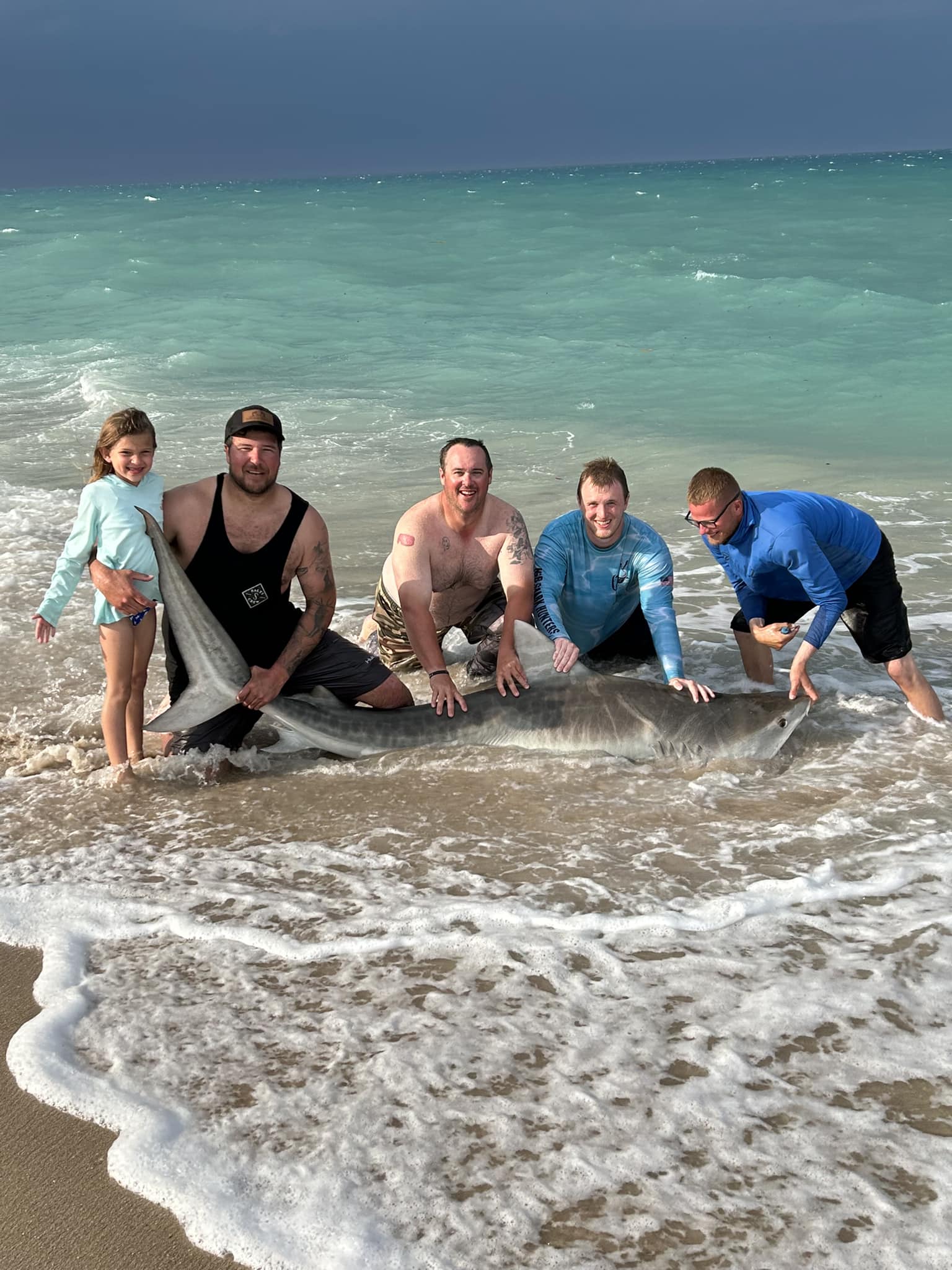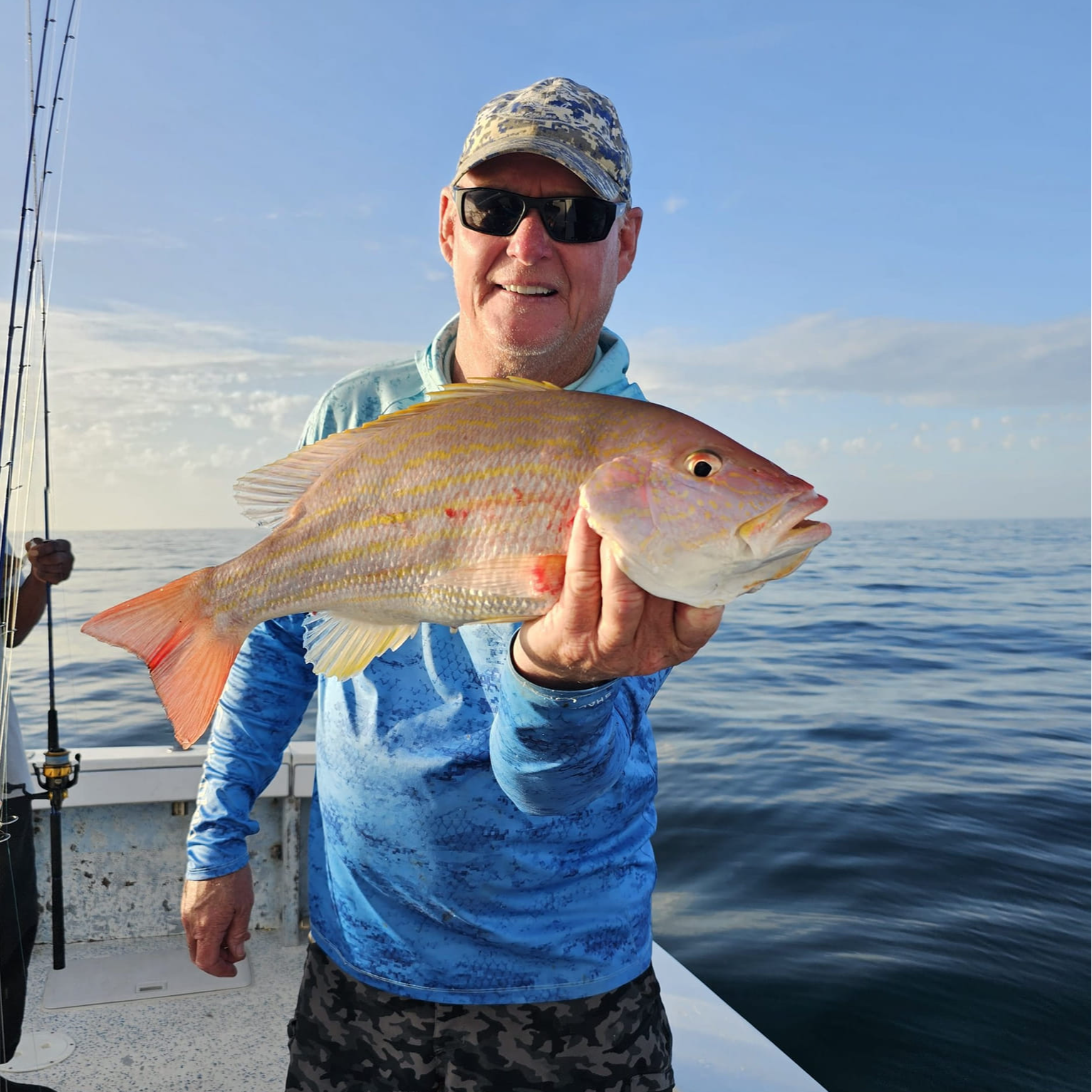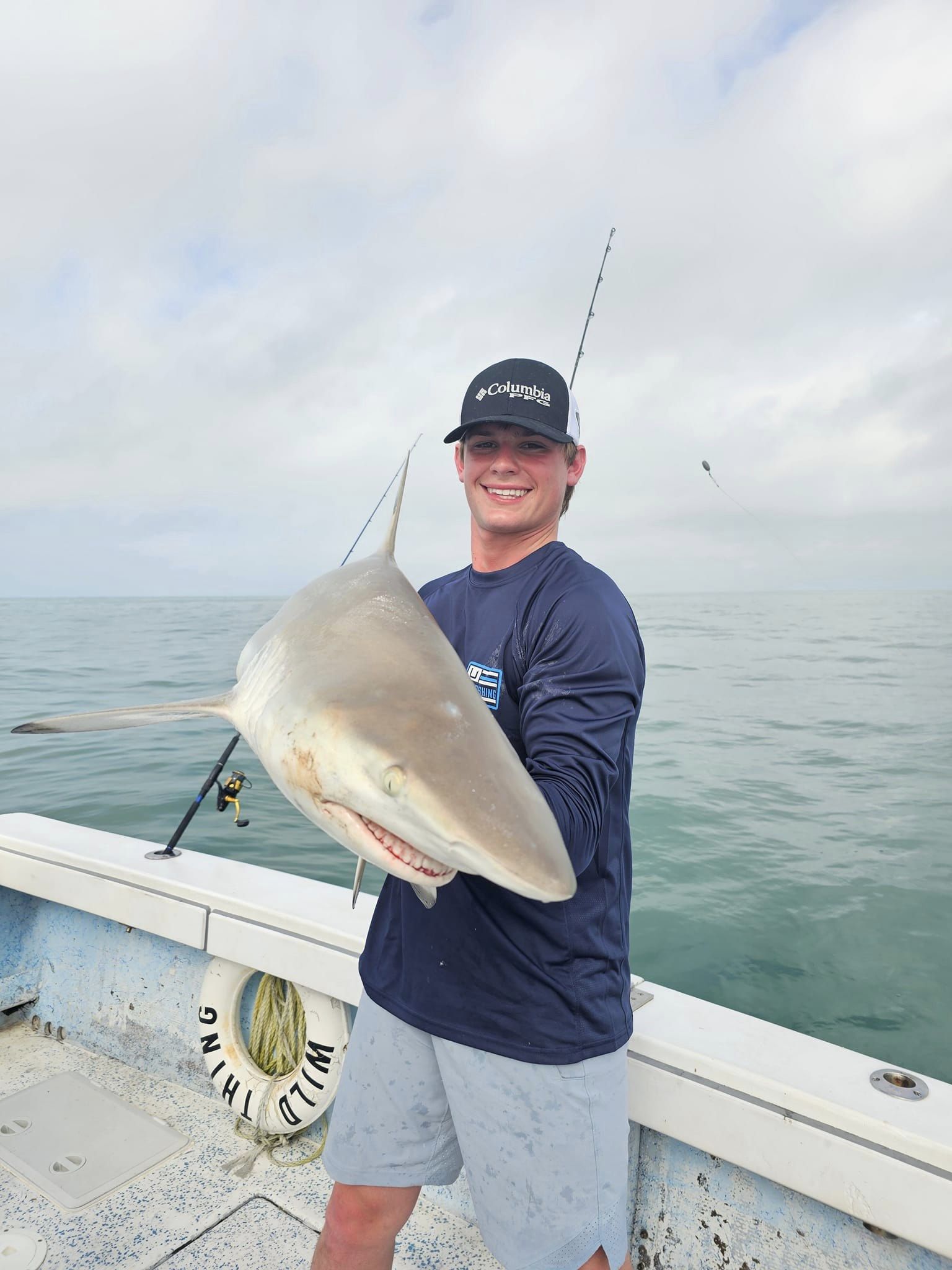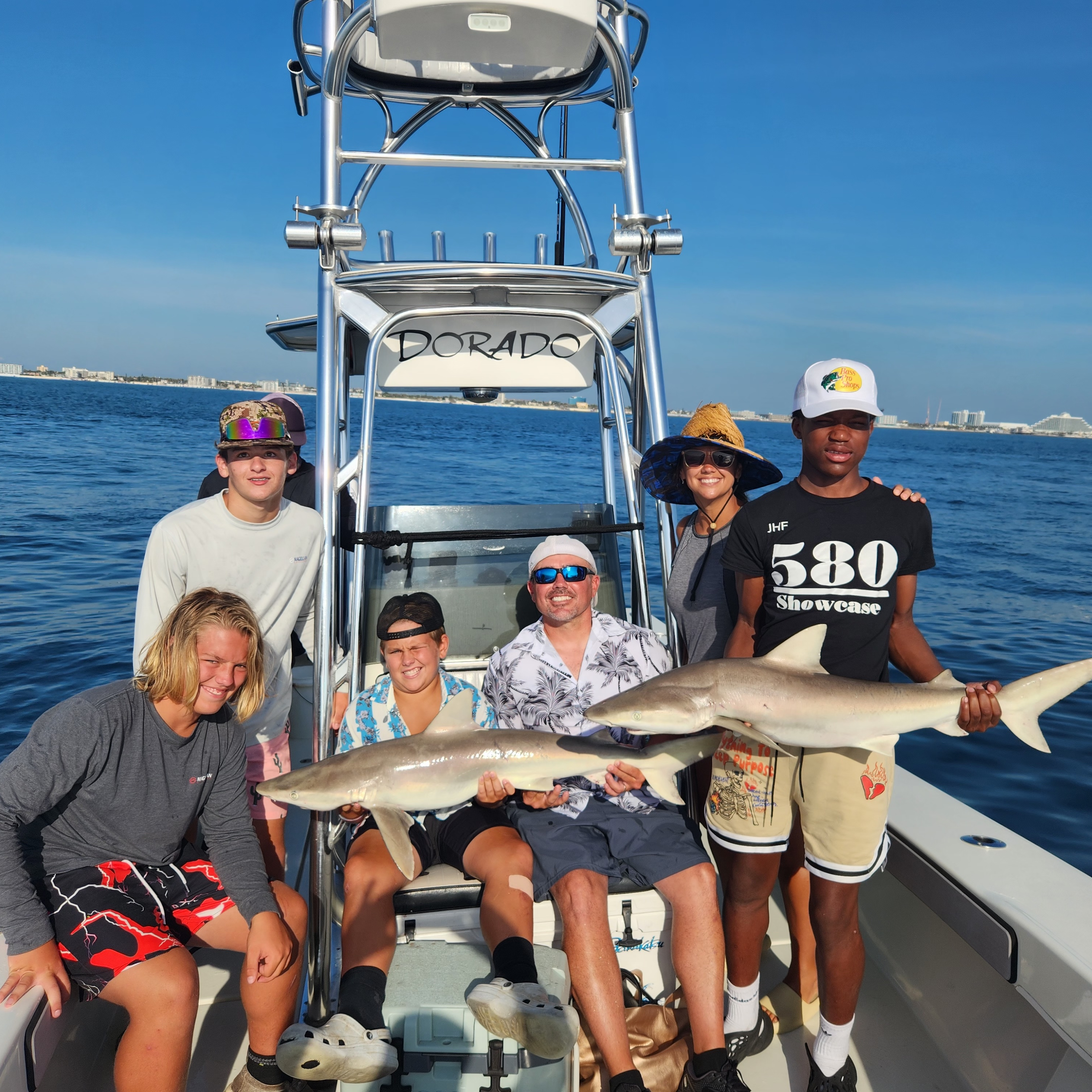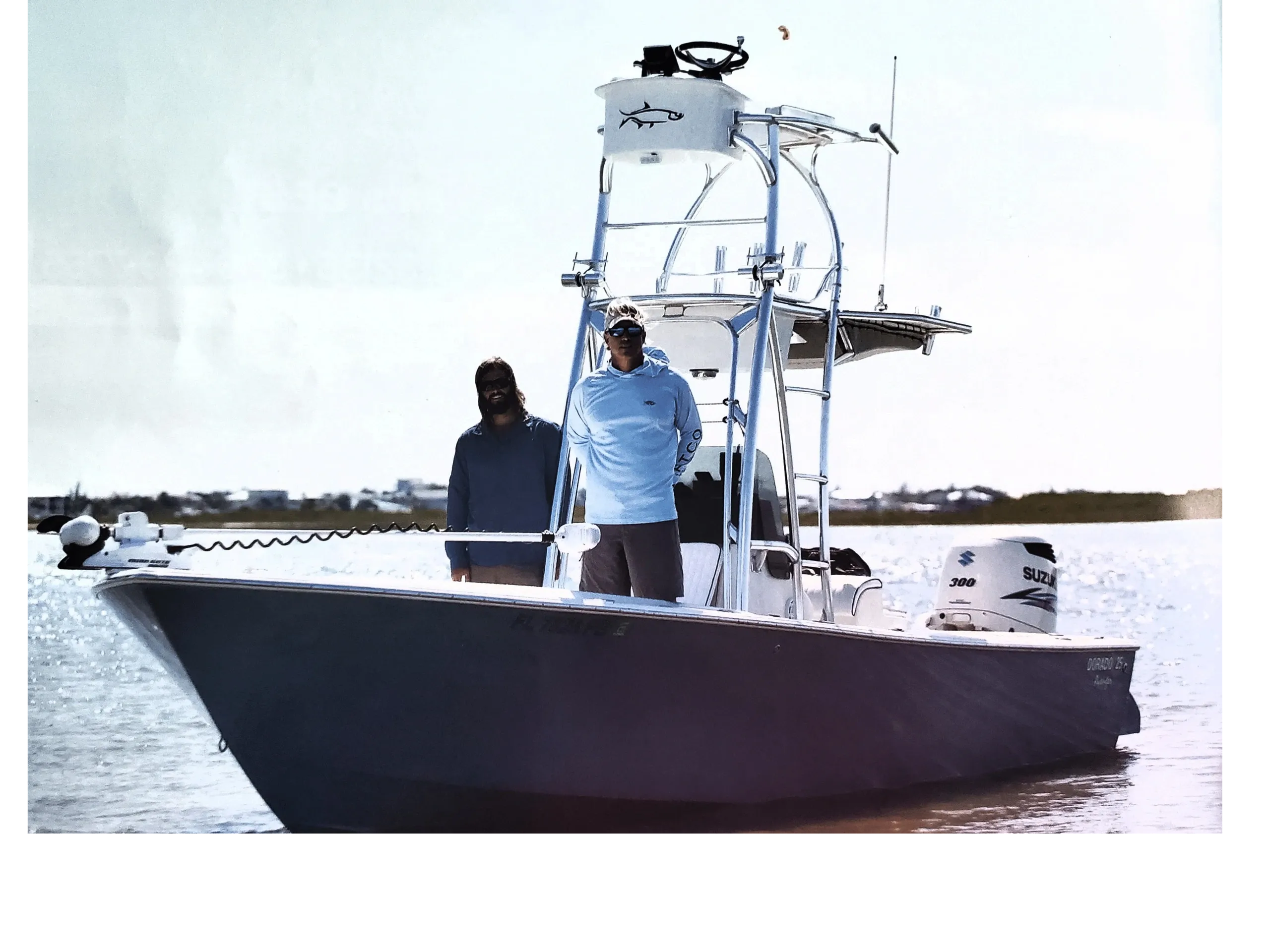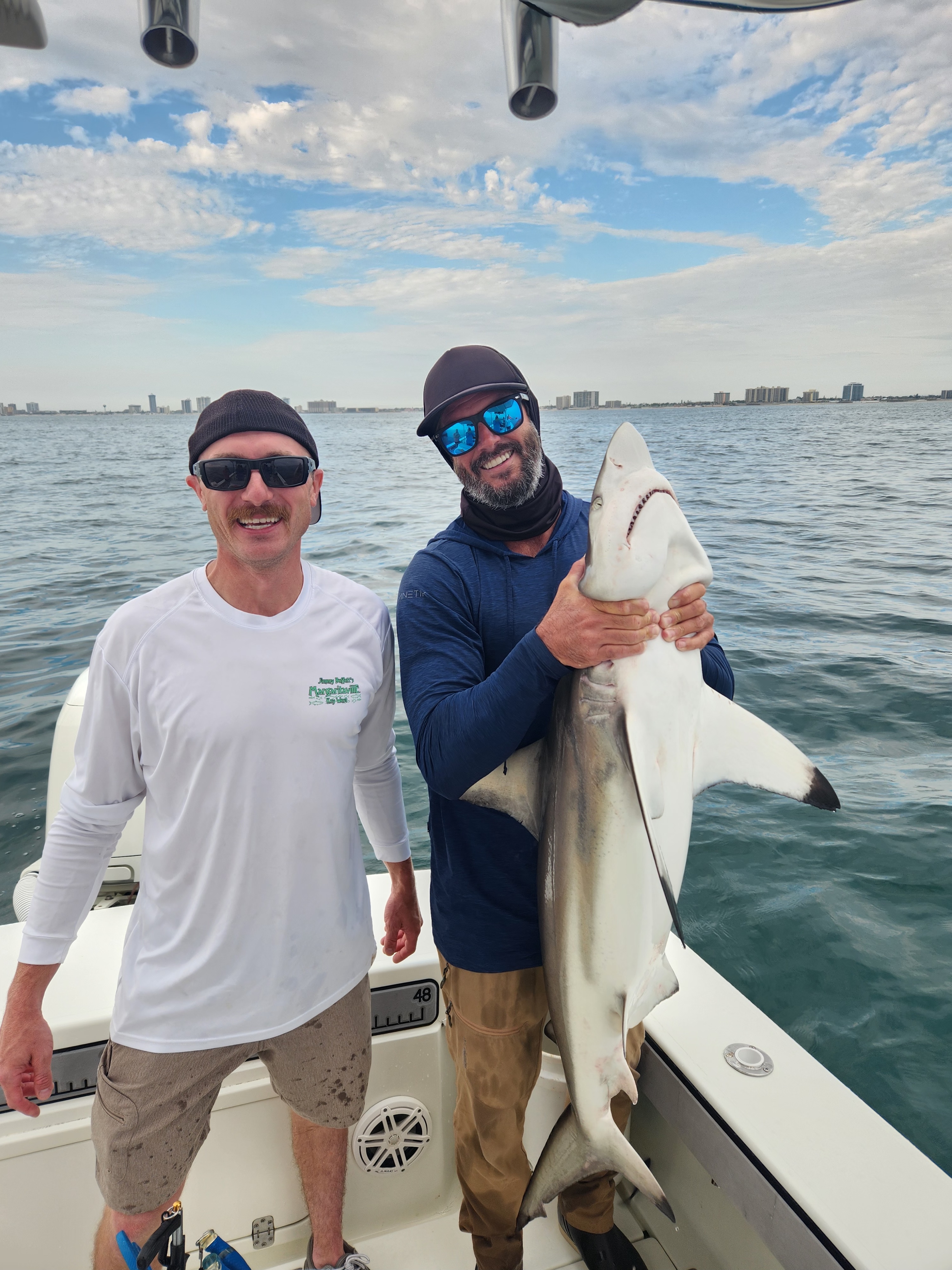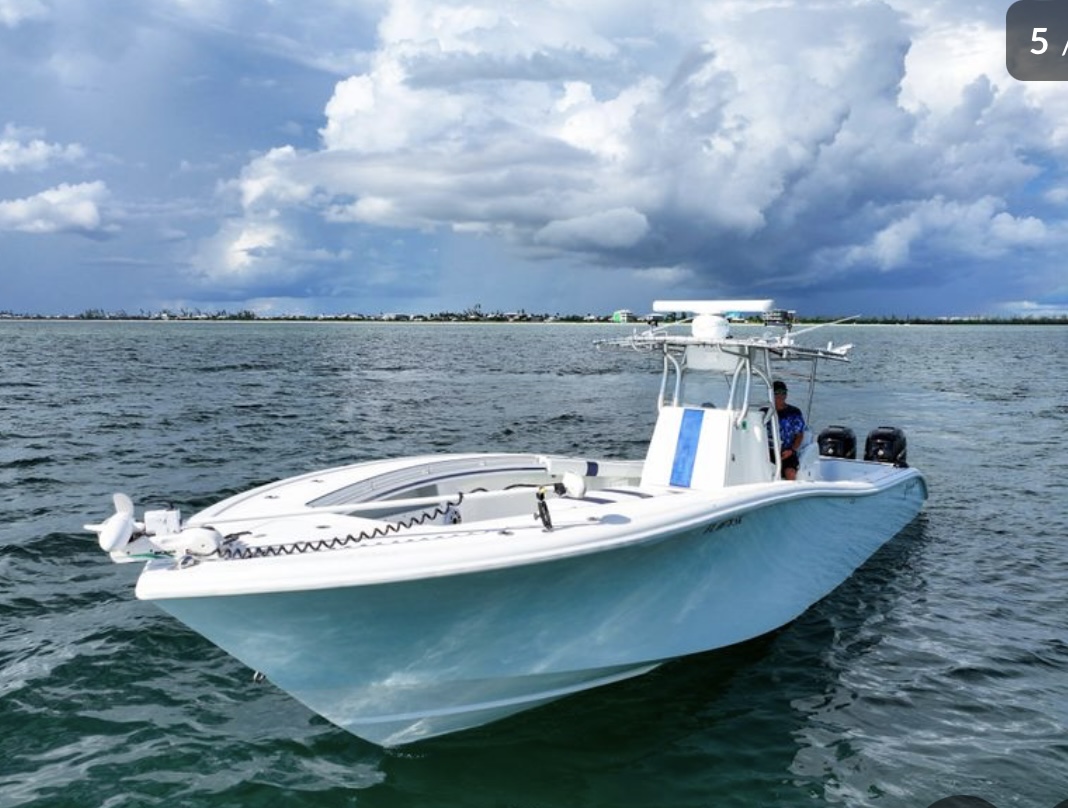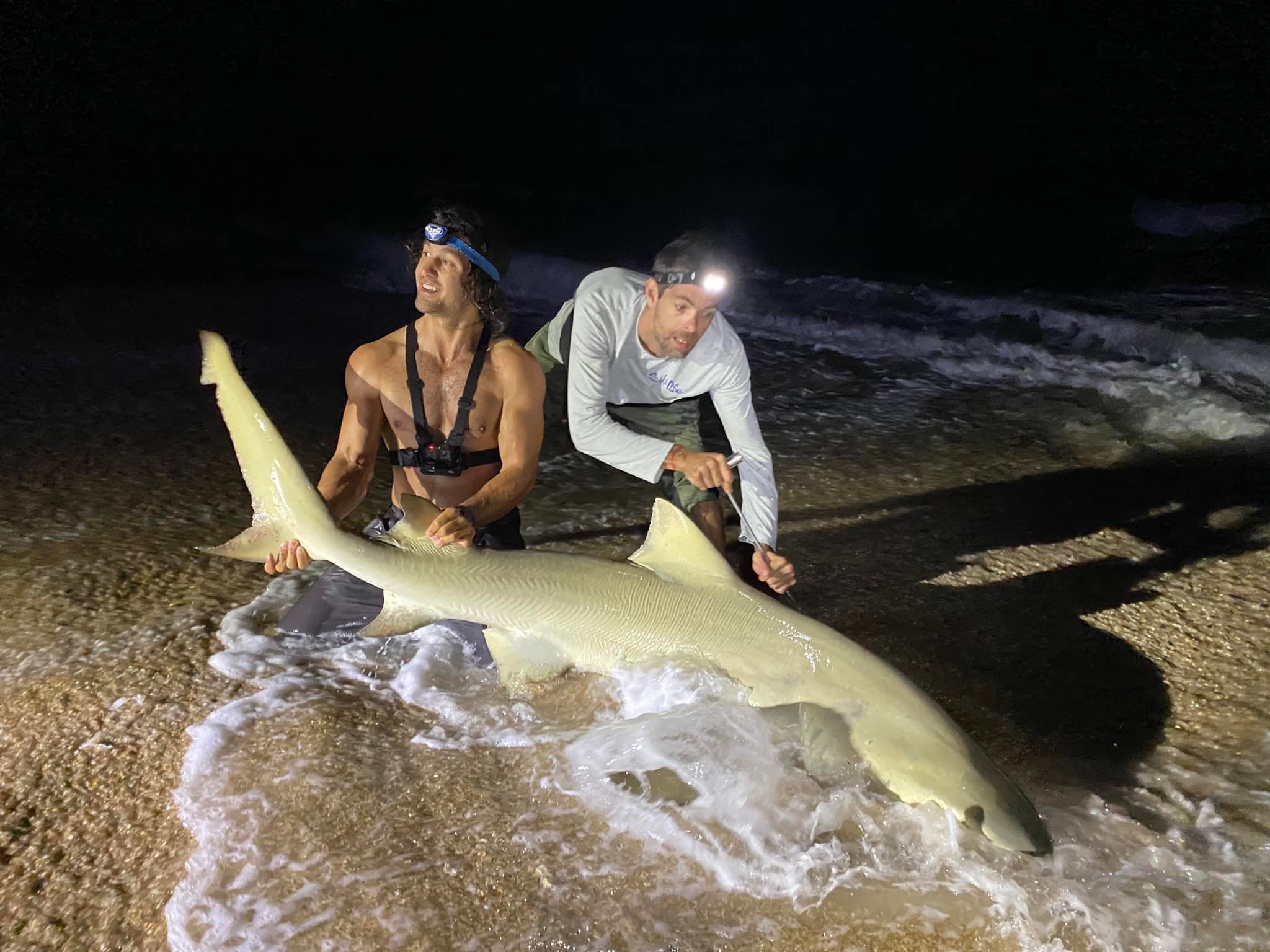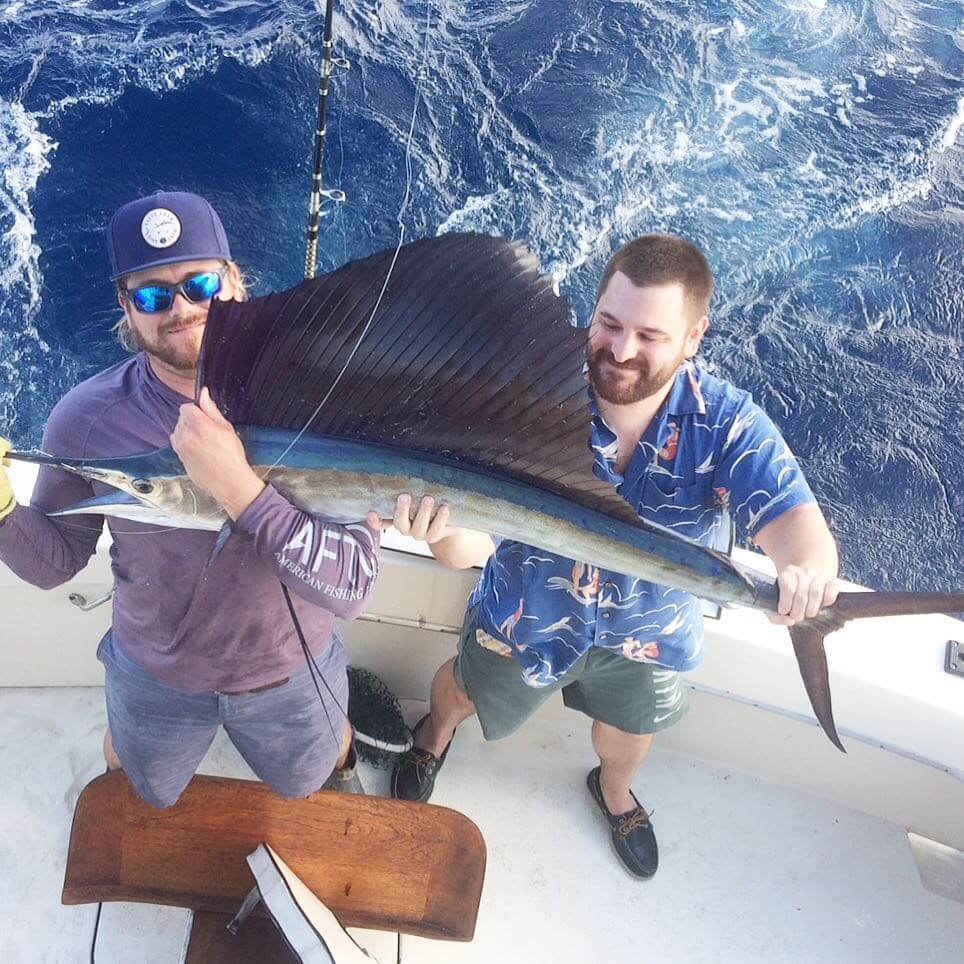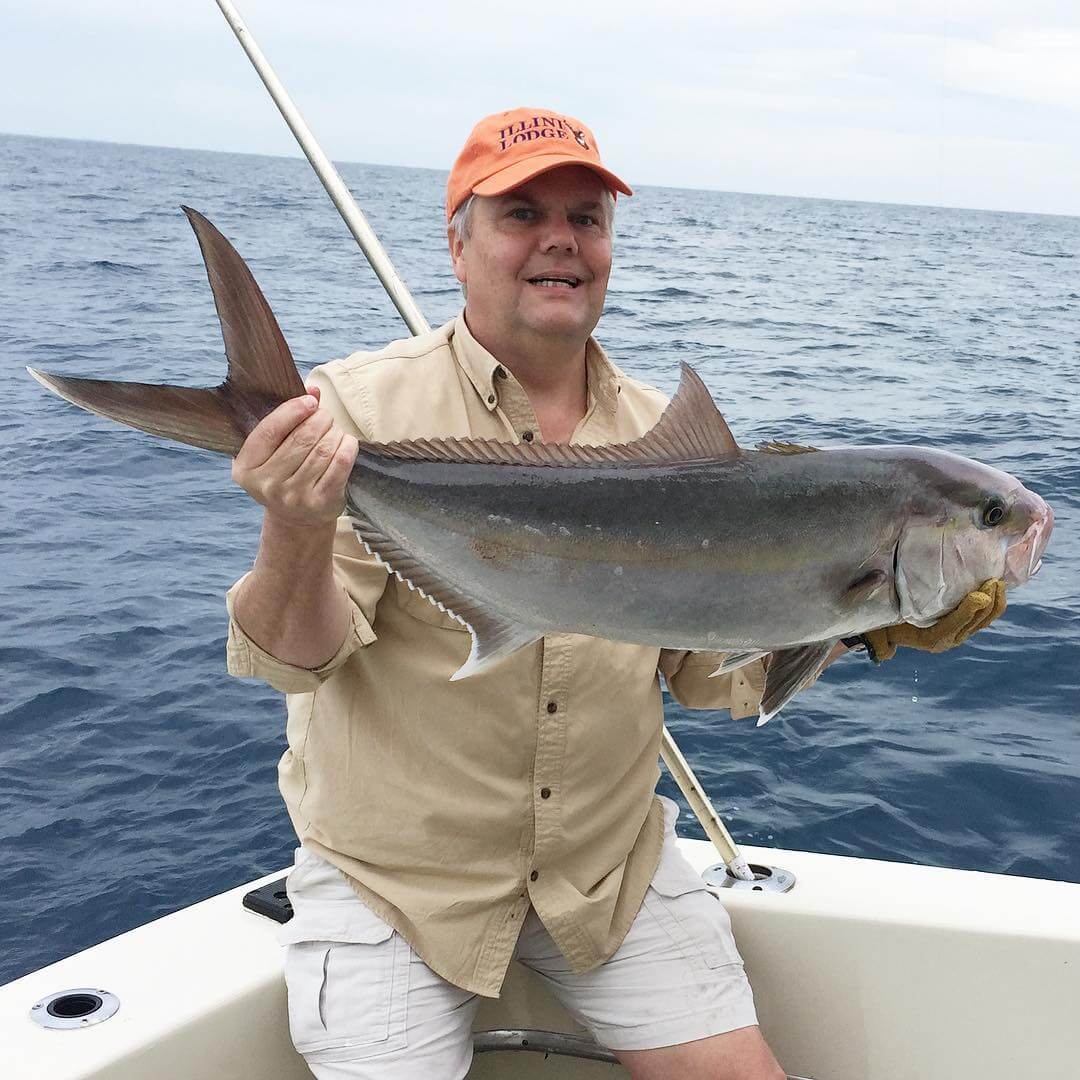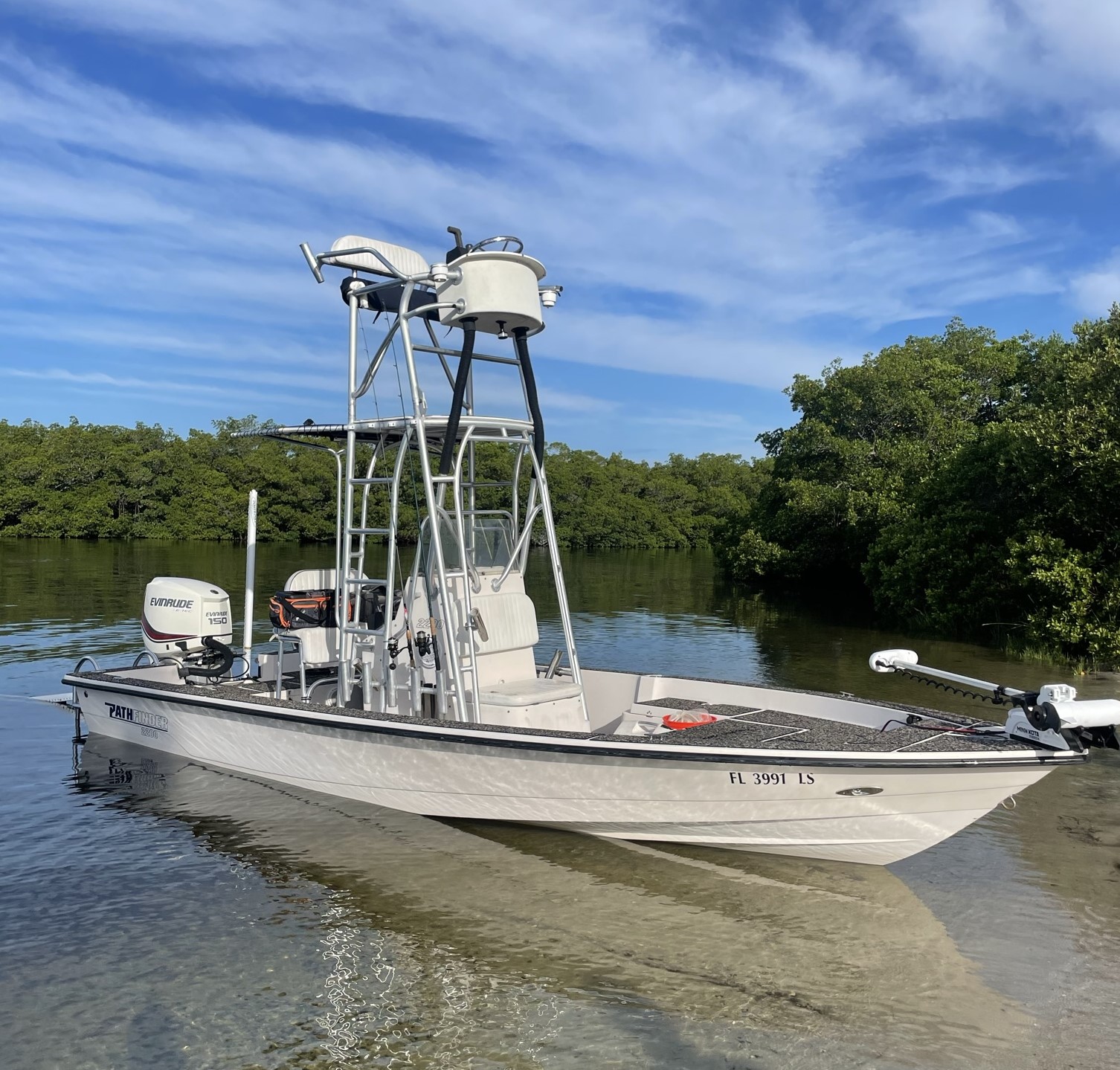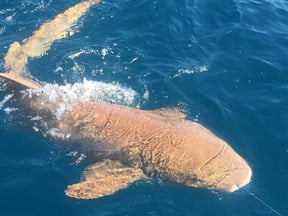VIP SPORTFISHING & OCEAN SKEET
Inshore Fishing in New Smyrna Beach
Surf Shark Fishing New Smyrna!!
Inshore Fishing in Miramar Beach
Shark Fishing Miramar Beach
Deep Sea, Nearshore Fishing in Marco Island
Marco Island Charter Fishing
Inshore, Nearshore, Flats in New Smyrna Beach
Shark Fishing Adventure
Fishing For Monsters At Night
Inshore Fishing in New Smyrna Beach
Evening Surf Shark Fishing!
Deep Sea, Nearshore Fishing in Key West
Key West 47 Ft Hatteras
Inshore, Nearshore, Flats in Treasure Island
Shark Fishing 4-8 Hours (22')
Inshore, Nearshore Fishing in Treasure Island
Shark Fishing 4-8 Hours (26')
We started Captain Experiences to make it easy to book fishing and hunting guides around the world. With over 2,000 Damn Good Guides, our platform makes finding and booking a trip seamless. Head here to check out our trips.
Sharks have been viewed by much of the country as the villains of the ocean ever since the movie Jaws. Catching one, however, is an exhilarating experience because sharks big, powerful, and as tough as they look. Their thick sandpaper like skin and mouth full of teeth allow them to persevere in even the most adverse conditions. Sharks live a long time and are one of the oldest family of animals on earth. If you want to land one of these intimidating fish, here’s what you need to know.
What is a Shark?
Sharks are a group of marine cartilaginous fish predators that have evolved over millions of years to survive. Cartilaginous fish also include rays and skates all of which have skeletons made cartilage instead of bone. The eating habits of sharks is similar to most apex predators. They are opportunistic carnivores hunt for prey but will gladly take a free meal if they come across a carcass. With over 440 species of sharks inhabiting the world’s oceans, they have adapted to almost every environment on earth.
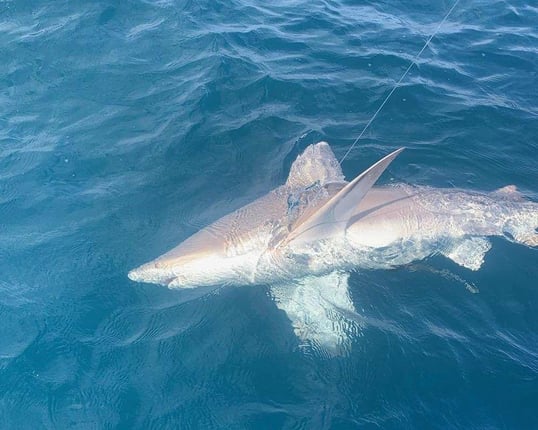
Where Do Sharks Live?
The majority of shark species live in warmer temperate and tropical waters but will cross into frigid waters to find food. Sharks can be found from the shallows of inshore bays to the open ocean often traveling thousands of miles during their migration. Depending on the time of year, sharks can be found almost everywhere around the world. While there are species of freshwater sharks, they are exceedingly rare. In the U.S.Bull sharks have been known to travel up freshwater river where they live can live for long periods of time.
The Texas coast hosts a variety of shark species at different points throughout the year. This is largely due to the warmer water temperatures and an abundance of food sources.
How to Catch a Shark
The most widely used technique to catch sharks is bottom fishing, which is perfect for anglers of all levels. Bottom fishing consists of dropping bait to the seafloor and waiting for a bite. A typical setup is cut bait on a circle hook and a heavy weight. The weight keeps the bait near the bottom, where it leaves a scent trail that attracts sharks and other bottom feeders. Heavy tackle is required to haul in a shark, with stout rods, reels, and wire leaders being the only things that give anglers the advantage.
Best Bait For Shark Fishing
The most common bait for shark fishing is cut bait, but the type of bait varies from location to location. Popular choices for cut bait include bonito, false albacore, squid, and bait fish like mullet. All of the baits work well because they create large scent trails that are especially effective for drawing in sharks.
Sharks Species to Catch in Texas
Hammerhead Shark
Hammerhead sharks, as their name implies, can be distinguished from nearly all other species by its distinct "hammer-shaped" head. hammerhead sharks range in size from 12 to 18 feet.
Atlantic Sharpnose Shark
Atlantic sharpnose sharks can be identified by the presence of several white spots and a second dorsal fin that starts at the midpoint of the anal fin. These sharks typically grow to a maximum size of 3 feet long.
Spinner Shark
The spinner shark closely resembles the blacktip shark but the first dorsal fin begins behind the pectoral fins. Spinner sharks also have a black tipped anal fin. These sharks grow to a maximum length of seven to eight feet.
Blacktip Shark
Black tip sharks look similar to spinner sharks their first dorsal fin originates directly above the pectoral. Black tip sharks also lack a black tipped anal fin. The Blacktip shark typical grows to a maximum size of about six and a half feet.
Bonnethead Shark
Bonnethead sharks have a distinctly shovel shaped head with no indentation on their snout. The maximum size of the bonnethead shark is approximately five feet.
Bull Shark
Bull sharks have a wider body and no interdorsal ridge. The distinct features of the bull shark are a gently sloped triangular dorsal fin and shorter rounded snout. The size range for adult bull sharks ranges from seven to eleven feet.
Finetooth Shark
Finetooth sharks have a blue-gray color when viewed from above and a white belly. The fins of a finetoothed shark are plain and their teeth are long and smooth. The typical size for an adult finetooth shark is around five to six feet.
Lemon Shark
Lemon sharks have two triangular dorsal fins that roughly the same size. The size range for lemon sharks is nine to ten feet.
Blacknose Shark
Literally named, the blacknose shark has a Gray to black rounded mark on the tip of its snout. The blacknose shark is one of the smaller species of shark typically only reach three or four feet long.
Thresher Shark
Thresher sharks are distinct from other species of shark because the top point of their tail is about half of their total length. Another defining feature of the thresher shark is the white coloration of its belly extends above pectoral fins. Thresher sharks are large reaching maturity at nine feet long and topping out around 20 feet long.
Tiger Shark
Tiger sharks can be defined from other shark species by their unique vertical markings. These vertical bars are darker than the rest of their body. The size range for tiger sharks is from ten to fourteen feet.
Blue Shark
Blue sharks known as the wolves of the ocean, have slender bodies and a blue coloration. The typical size for a blue shark is about ten feet long but they are capable of reaching sizes of up to thirteen feet.
Shortfin Mako Shark
The shortfin Mako is similar in appearance to its relative the longfin mako. One of the key differentiating factors is the underside of their snout and mouth are white similar to the blue shark. Unlike the blue shark shortfin makos have a caudal keel. The shortfin mako shark can grow up to thirteen feet in length.
Nurse Shark
Nurse sharks are a unique shark that sport a distinct brown coloration. The physical features of the nurse shark also stand out with first dorsal fin occurring further back over the pelvic fins, very small eyes, barbels on each side of its mouth, and a tail that has no distinct fork or lower point.
Texas Shark Fishing Regulations
The daily bag limit is 1 shark from the list of allowable species per person. Gear requirements when shark fishing in Texas state waters require the use of non-offset, non-stainless steel circle hooks. If a hook cannot be recovered from a shark, cutting the line is the best course of action. Non-stainless steel hooks will eventually rust and free itself from the shark. Stainless steel hooks are prohibited because they will not rust and will remain lodged in the shark.

Allowable shark species are divided into three groups based on the legal minimum size required for harvest. The three minimum size requirement groups are 24, 64, and 99 inches and include the species as listed below.
Minimum size limit: 24 inches
Atlantic Sharpnose
Blacktip
Bonnethead Sharks
Minimum size limit: 64 inches
Bull
Finetooth
Spinner
Lemon
Blacknose
Thresher
Tiger
Blue
Shortfin Mako
Nurse
Minimum size limit: 99 inches
Hammerhead Shark
Shark Fishing Trips
With plenty of shark species to target in Texas waters you can take a trip almost anytime.Shark fishing can be intense, and if the danger of handling a shark alone is too much, check out our Texas shark fishing guides who will take care of everything for you.
Sawfish Prohibition
All sawfish species are endangered and are protected by the Endangered Species Act. As a result, it is illegal to target, take, kill, or disturb any sawfish. If a sawfish is unintentionally caught, please use sawfish safe release guidelines and report all encounters to the National Sawfish Encounter Database.
Joey Butrus
Updated on July 28, 2023

June 28, 2023
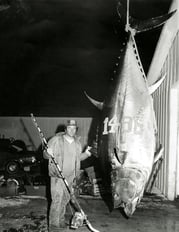
June 3, 2021

January 19, 2021

May 13, 2024

October 26, 2020
Related Articles
August 27, 2022
February 28, 2022
April 3, 2023
Featured Locations
- Fishing Charters Near Me
- Austin Fishing Guides
- Biloxi Fishing Charters
- Bradenton Fishing Charters
- Cabo San Lucas Fishing Charters
- Cancun Fishing Charters
- Cape Coral Fishing Charters
- Charleston Fishing Charters
- Clearwater Fishing Charters
- Corpus Christi Fishing Charters
- Crystal River Fishing Charters
- Dauphin Island Fishing Charters
- Daytona Beach Fishing Charters
- Destin Fishing Charters
- Fort Lauderdale Fishing Charters
- Fort Myers Fishing Charters
- Fort Walton Beach Fishing Charters
- Galveston Fishing Charters
- Gulf Shores Fishing Charters
- Hatteras Fishing Charters
- Hilton Head Fishing Charters
- Islamorada Fishing Charters
- Jacksonville Fishing Charters
- Jupiter Fishing Charters
- Key Largo Fishing Charters
- Key West Fishing Charters
- Kona Fishing Charters
- Lakeside Marblehead Fishing Charters
- Marathon Fishing Charters
- Marco Island Fishing Charters
- Miami Fishing Charters
- Montauk Fishing Charters
- Morehead City Fishing Charters
- Naples Fishing Charters
- New Orleans Fishing Charters
- New Smyrna Beach Fishing Charters
- Ocean City Fishing Charters
- Orange Beach Fishing Charters
- Panama City Beach Fishing Charters
- Pensacola Fishing Charters
- Pompano Beach Fishing Charters
- Port Aransas Fishing Charters
- Port Orange Fishing Charters
- Rockport Fishing Charters
- San Diego Fishing Charters
- San Juan Fishing Charters
- Sarasota Fishing Charters
- South Padre Island Fishing Charters
- St. Augustine Fishing Charters
- St. Petersburg Fishing Charters
- Tampa Fishing Charters
- Tarpon Springs Fishing Charters
- Venice Fishing Charters
- Virginia Beach Fishing Charters
- West Palm Beach Fishing Charters
- Wilmington Fishing Charters
- Wrightsville Beach Fishing Charters


